[Ferro-Alloys.com] Planning to make India a global steel hub; new export markets tapped: HD Kumaraswamy
India’s steel sector is navigating global headwinds with resilience and purpose, said Union Minister for Steel, HD Kumaraswamy. The plan now is to position the country as a global steel hub, with a focus on sustainable green-steel making.
Following continued oversupply and weak export market sentiments, India swiftly imposed safeguard duties and followed up with strict quality control measures to protect the domestic industry.
In an interview with businessline, Kumaraswamy discussed about positioning India as a global steel hub, tapping new export markets, the push for green steel and new PLI schemes.
Edited Excerpts:
Steel prices in India continued to fall at least until July, despite the safeguard measures. Your comments.
Domestic steel prices have been facing temporary pressure over global overcapacity, rising inventories and possible diversion of exports following higher US tariffs. Seasonal factors, including the monsoon-linked slowdown in construction activity, have also added to this short-term trend.
The Government has proactively implemented a 12 per cent provisional safeguard duty from April 21, 2025, on certain non-alloy and alloy steel flat products for 200 days to protect the domestic industry. It has helped bring down imports substantially.
Meanwhile, measures like the Steel Quality Control Order have been enforced to prevent the entry of sub-standard products, and trade flows are being closely monitored to prevent circumvention.
But traditional export markets are showing weak sentiment. Any alternatives?
Imports have declined due to timely trade remedial measures, even as export markets face headwinds. Over-supply in global markets continues. We are working on and implementing a multi-pronged export promotion strategy.
The Production-Linked Incentive (PLI) for speciality steel is driving high-value, high-quality products with better global competitiveness. Schemes such as RoDTEP and the Market Access Initiative (MAI) offer targeted financial and logistical support, especially for the MSMEs.
The Government is also pursuing new bilateral trade agreements and strengthening trade infrastructure, especially at major ports. Export Facilitation Centres are being set up as a market diversification strategy. Tapping emerging markets in Southeast Asia, Africa, and the Middle East is underway, aligning with the PM’s vision of positioning India as a global steel hub.
India’s steel demand rose 7.5% in April - July 2025. Is it sustainable?
India’s steel demand has grown by 12-13 per cent over the last few years, driven by strong performance in the infrastructure and construction sectors. A focused push on infrastructure, smart cities and housing has been a key catalyst, with per capita consumption surpassing 100 kg. The momentum is expected to intensify in the second half of the year, after the monsoons, when construction activity picks up.
The stainless steel sector has not been included under the safeguard duty and continues to face import pressure. Any corrective action?
The Centre is actively addressing industry concerns over import pressure. Countervailing Duties (CVD) are already in place on certain stainless steel products like welded pipes and tubes from China and Vietnam. Industry associations have approached the DGTR for anti-dumping investigations. The DGTR is reviewing petitions, and formal investigations are expected to commence soon. Should dumping be confirmed, remedial duties will be considered promptly.
After the green steel taxonomy, what is the update?
Since the release of the “Taxonomy for Green Steel” in December, there have been efforts to build a robust green steel ecosystem. Policymakers are reviewing the proposed National Mission on Sustainable Steel (NMSS), aimed at accelerating decarbonisation through advanced technologies, renewable energy integration, incentives and resource efficiency.
The Expressions of Interest for Green Hydrogen pilot projects are being examined, and the focus is on achieving 100 per cent hydrogen-based DRI production and hydrogen injection into blast furnace technologies. Meanwhile, three Indian steel companies have received the first Green Steel Certificates.
Overseen by PM Modi himself, the plan is also to position India as a global leader in sustainable steel-making.
Are there any possible policy interventions in the steel PLI scheme?
Two rounds of applications under the PLI for Speciality Steel are through.
In the first round (PLI 1.0), 44 projects from 19 companies were approved with investment commitments of ?27,106 crore. In the second round (PLI 1.1), 42 projects from 25 companies were approved with commitments of ?17,000 crore.
The PLI policy framework is being reworked to improve and cater to both large and smaller steel producers. Based on a detailed analysis of import data (SIMS and NOC applications) and stakeholder consultations, 25 sub-categories of steel and alloys have been identified for inclusion under PLI 1.2, which is under discussion. Relaxations would permit incentive claims even if incremental production falls short of MoU commitments, among others.
Overall, an estimated additional ?4,000 crore in incentives is expected to be disbursed over the next five years.
- [Editor:tianyawei]



 Save
Save Print
Print Daily News
Daily News Research
Research Magazine
Magazine Company Database
Company Database Customized Database
Customized Database Conferences
Conferences Advertisement
Advertisement Trade
Trade









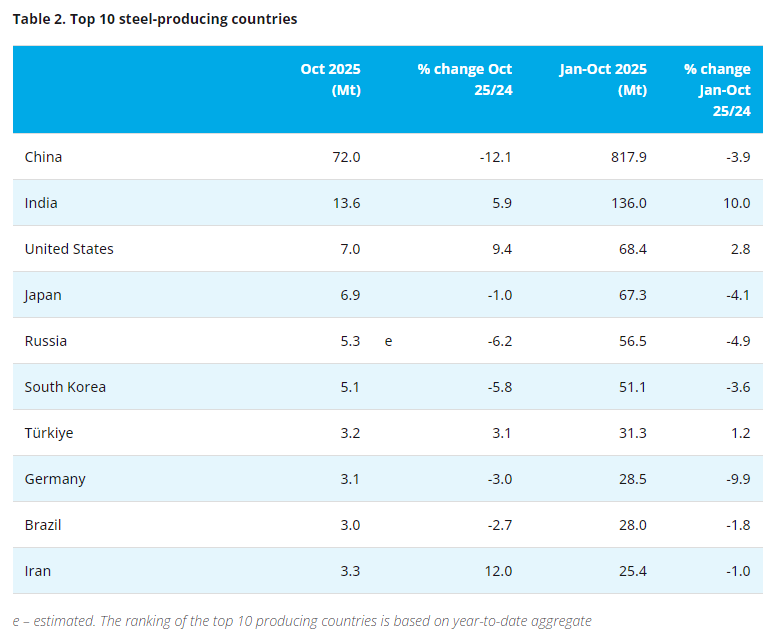
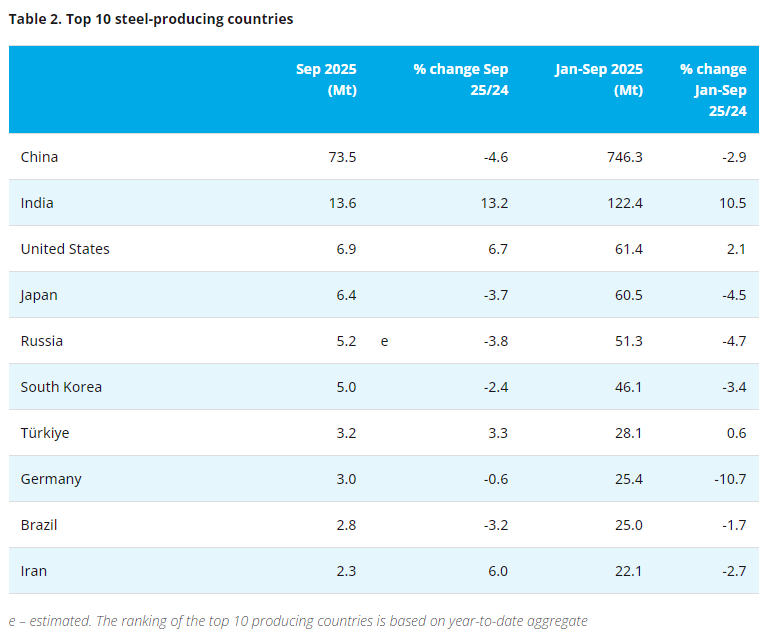
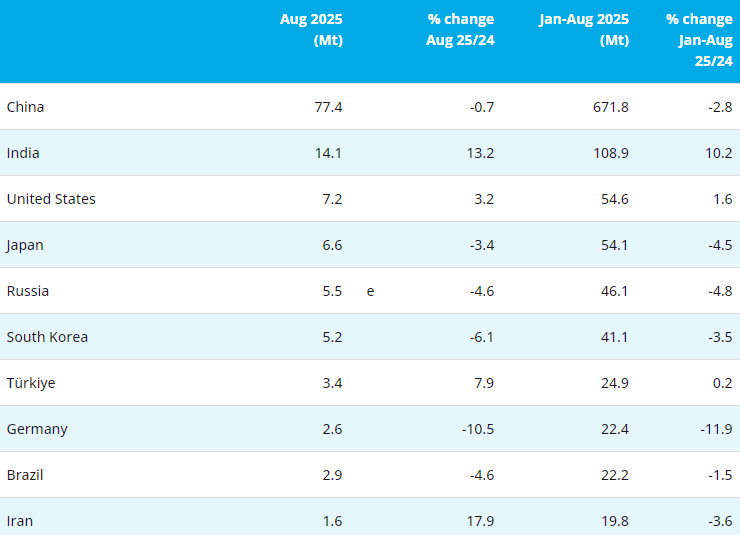

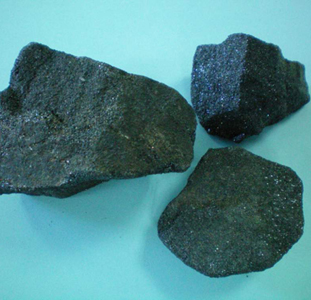
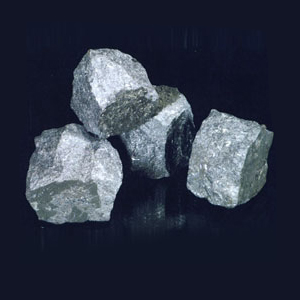


Tell Us What You Think